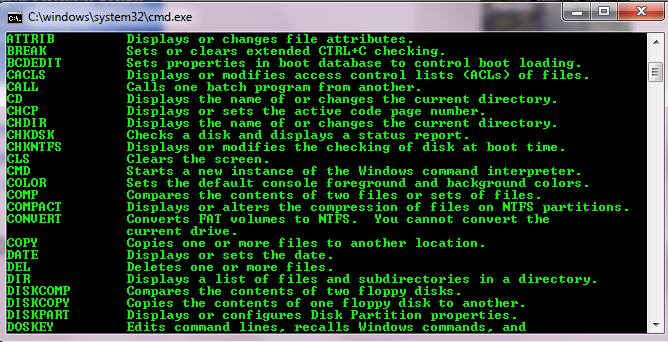

The middle set of three rwx or - characters indicate the group’s permissions.The next three characters indicate the owner’s permissions: - for no access, r for read access, w for write access, and x for file execute access or folder browsing access.The first character is item type: - for file, d for folder, and l for symbolic link.The syntax for the abbreviated information section is: Information appears from left to right: the number of hard links associated with the item (for most users, this particularīit will be trivial information), the assigned owner, the assigned group, the last modification date, and finally the item’s The first string of characters at the beginning of each line is shorthand for the item type and permissions.

The most basic ls option for viewing file and folder ownership and permissions is –l:ĭrwx-+ 5 michelle staff 170 Aug 20 15:49 Desktopĭrwx-+ 3 michelle staff 102 Aug 20 01:08 Documentsĭrwx-+ 3 michelle staff 102 Aug 20 01:08 Downloadsĭrwx- 19 michelle staff 646 Aug 20 01:08 Libraryĭrwx-+ 3 michelle staff 102 Aug 20 01:08 Moviesĭrwx-+ 3 michelle staff 102 Aug 20 01:08 Musicĭrwx-+ 4 michelle staff 136 Aug 20 01:08 Picturesĭrwxr-xr-x+ 7 michelle staff 238 Aug 20 15:29 Publicĭrwxr-xr-x 5 michelle staff 170 Aug 20 01:08 Sites Here, you will be presented with a few fundamental permissions viewing options. You can learn more about all the options available The ls command has many options for viewing nearly any file or folder attribute. Once again, the ls command is your primary tool for viewing file and folder information in the command line. The command line concepts in Chapter 3, “Command Line and Automation,” before reading the remainder of the section. If you aren’t already comfortable with navigation in the UNIX command line, then it’s strongly recommended that you study


 0 kommentar(er)
0 kommentar(er)
